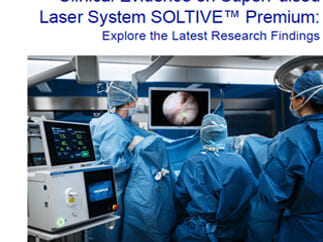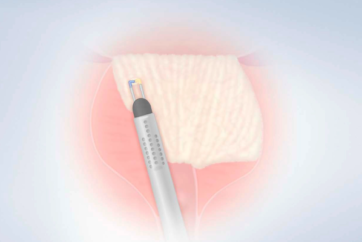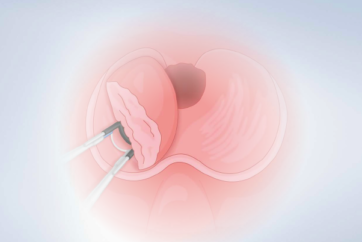PLASMA – THE SMART CHOICE
Intuitive and Procedure-Oriented System for Optimal Patient Outcome
Through the optimized interaction between the PLASMA electrodes and the high-frequency (HF)
generator plus the constantly extended assortment of different PLASMA electrodes, the system sets new standards in terms of safety, cost and time effi ciency, and individual treatment options for BPH and NMIBC.
Procedure-Optimized Electrodes
PLASMA offers a variety of treatment options for each patient.
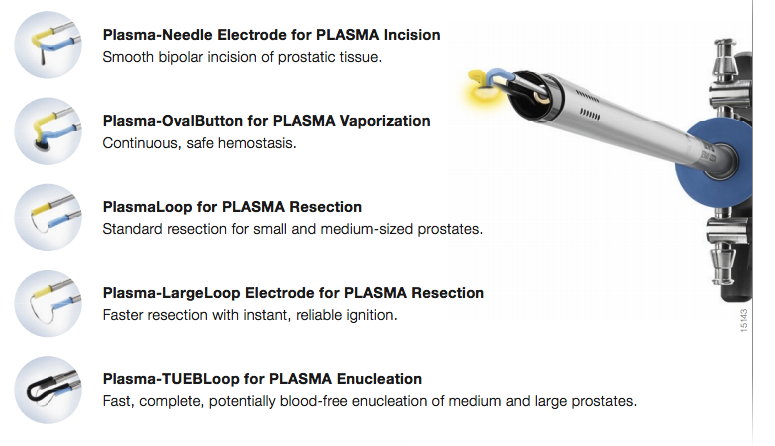
ESG-400 – Powering PLASMA Procedures
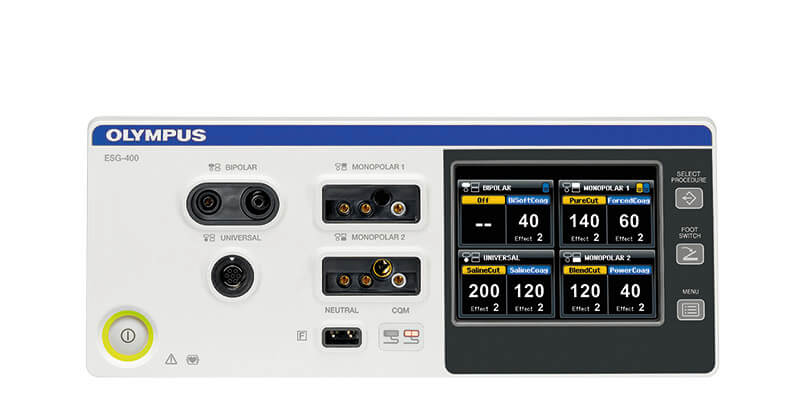
The ESG-400 HF generator provides bipolar energy to the PLASMA electrodes. It is equipped with various features that ensure the highest degree of safety for users and patients, including
- automated saline detection,
- instant PLASMA ignition and continuous activation,
- a user-friendly touchscreen, and
- signifi cantly lower energy output after fi rst ignition.
PLASMA is a technology allowing fine biopsy cuts, the resection of big adenoma, and efficient coagulation. It transforms the resectoscope into a universal tool for the lower urinary tract. (January 2017)
Prof. Dr. Jörg Raßler
Urology Department, St. Elisabeth-Krankenhaus, Leipzig
What is PLASMA?
PLASMA is one of the four fundamental states of matter and is created by applying energy to a gas.
Molecules are ionized and this turns the gas into a PLASMA.
Due to its conductivity, PLASMA allows energy to cross at lower levels. This quality allows for lower operating temperatures and, therefore, less thermal spread. The targeted tissue is vaporized by a locally confi ned denaturation process, while the surrounding tissue heating effects are minor.
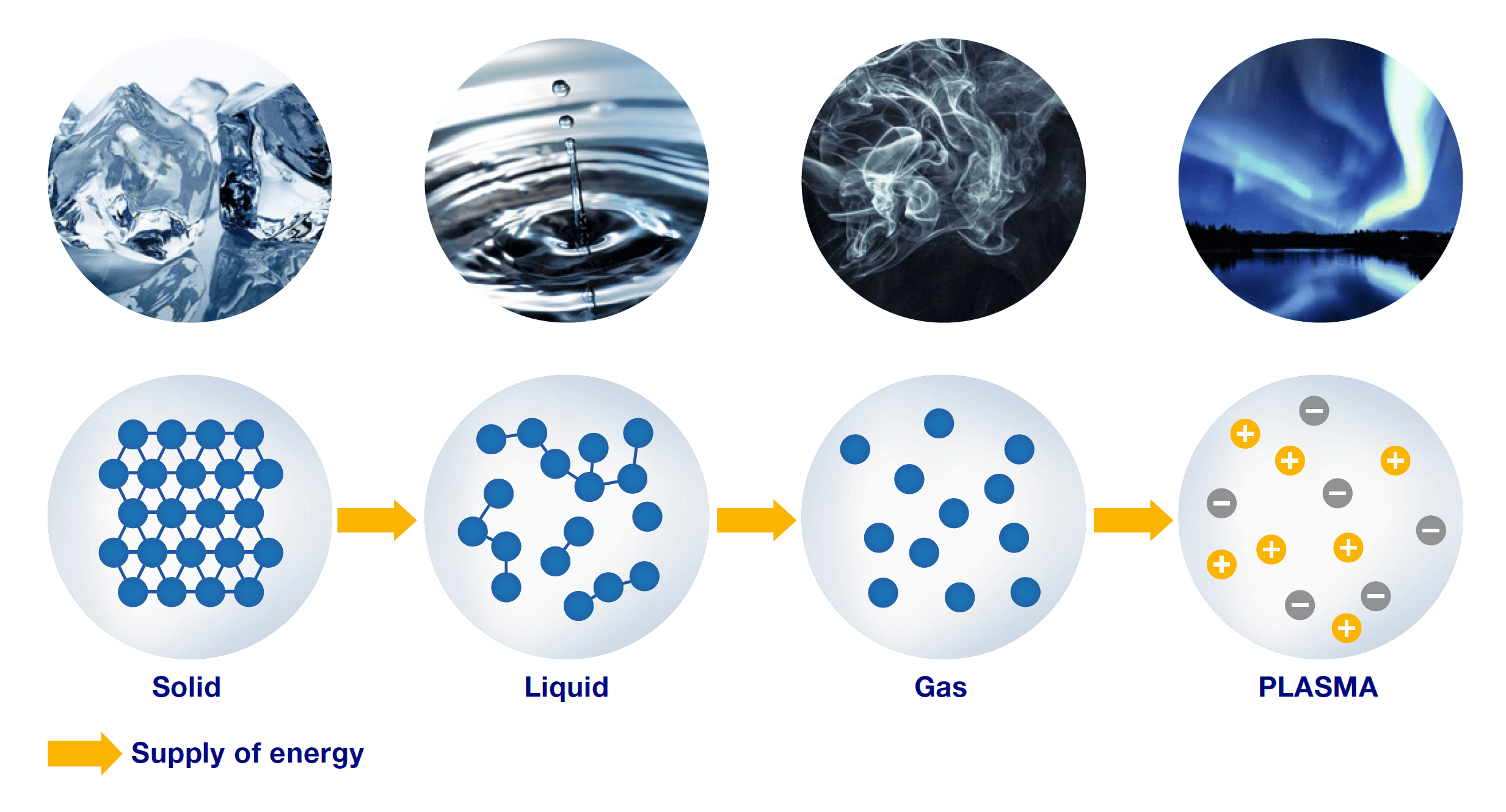
Natural Occurrences of PLASMA
PLASMA is common to our world and appears in different variations in nature. It is especially prevalent in atmospheric and outer space phenomena such as the sun and initiates polar lights as well.

How to Treat with PLASMA
While most energy-based surgical products such as lasers and monopolar electrosurgical devices use heatdriven processes to remove or cut tissue, PLASMA technology generates a constant PLASMA field to remove tissue at a low operating temperature.
This results in:
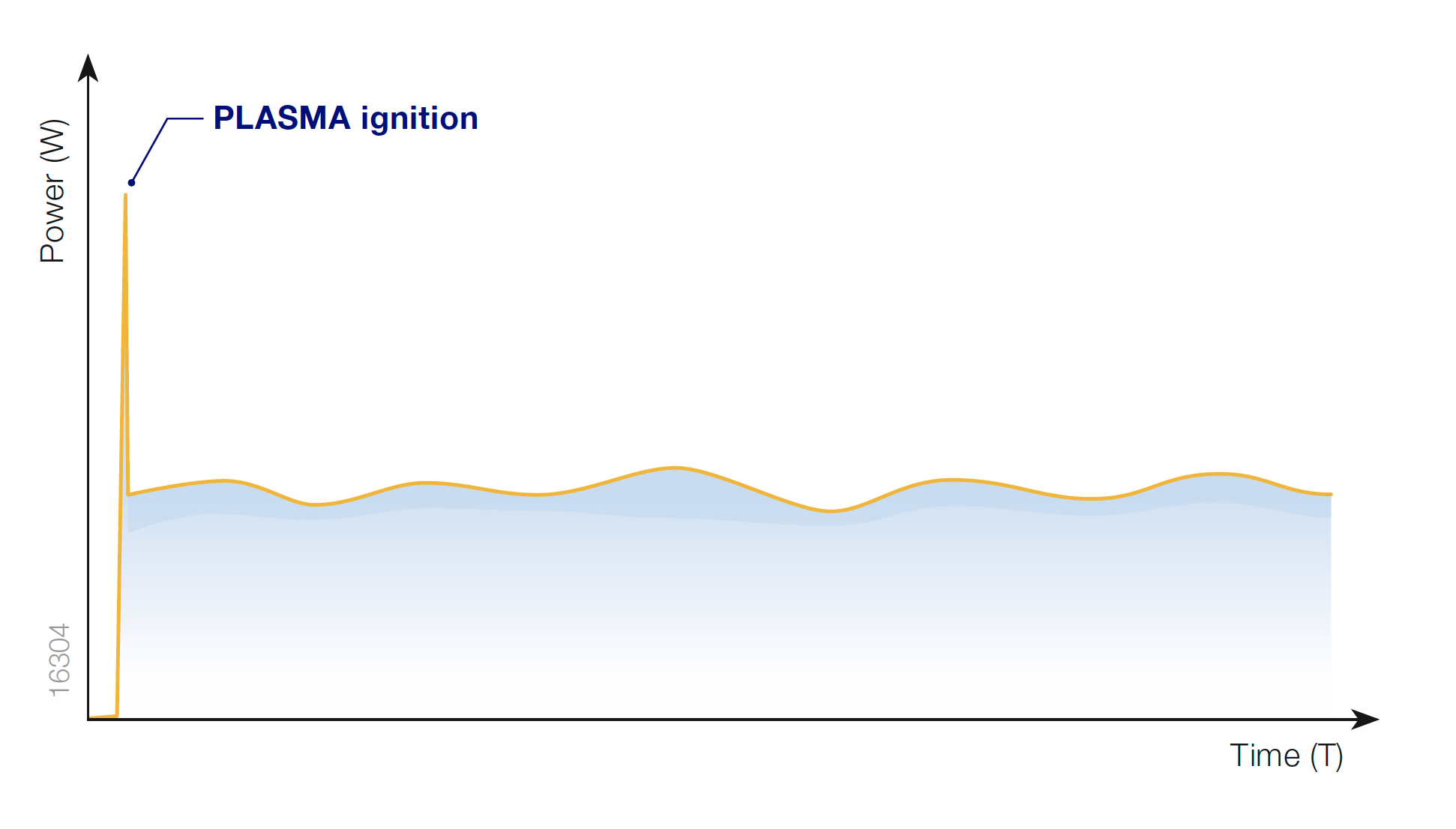
- minimal thermal damage to surrounding soft tissue,
- a low penetration depth for the energy used, and
- signifi cantly reduced bleeding.
PLASMA – Technical Principle
Olympus PLASMA technology differs from monopolar technology in that the tissue effect takes place between two electrodes that are part of the same device. The system uses saline irrigation fluid that has a lower electrical impedance than the surrounding tissue. For this reason, the current flows from the electrode through the saline and then back to the electrode fork and resectoscope, always taking the path of least resistance. The large return surface area ensures very low current density, which increases the safety levels of the PLASMA system.
This is fundamentally different from monopolar resection. In the latter, nonconducting irrigation fl uid is used, which forces the electrical current to travel through tissue in the patient’s body before returning to the neutral Liquid Gas PLASMA electrode.
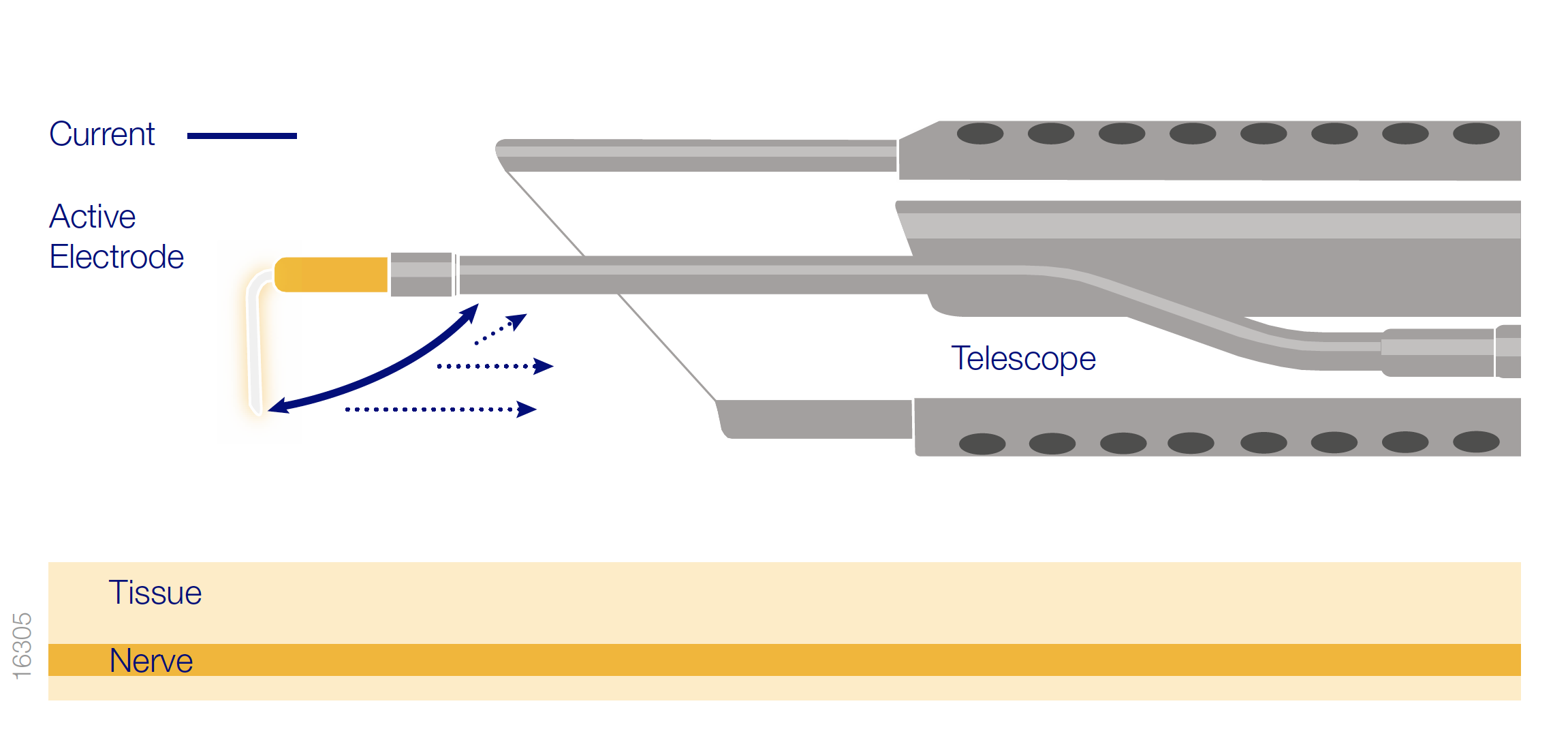
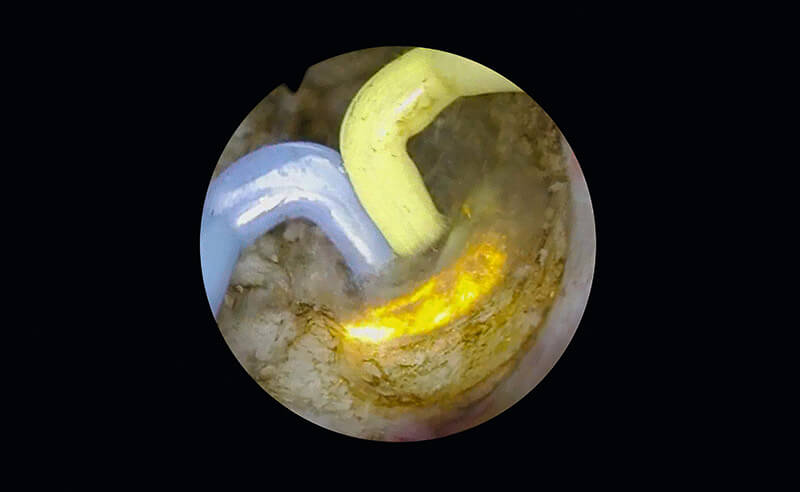
The PLASMA produced by this device appears as a yellow cloud at the tip of the active electrode due to the sodium dissolved in the saline.
- Content Type

